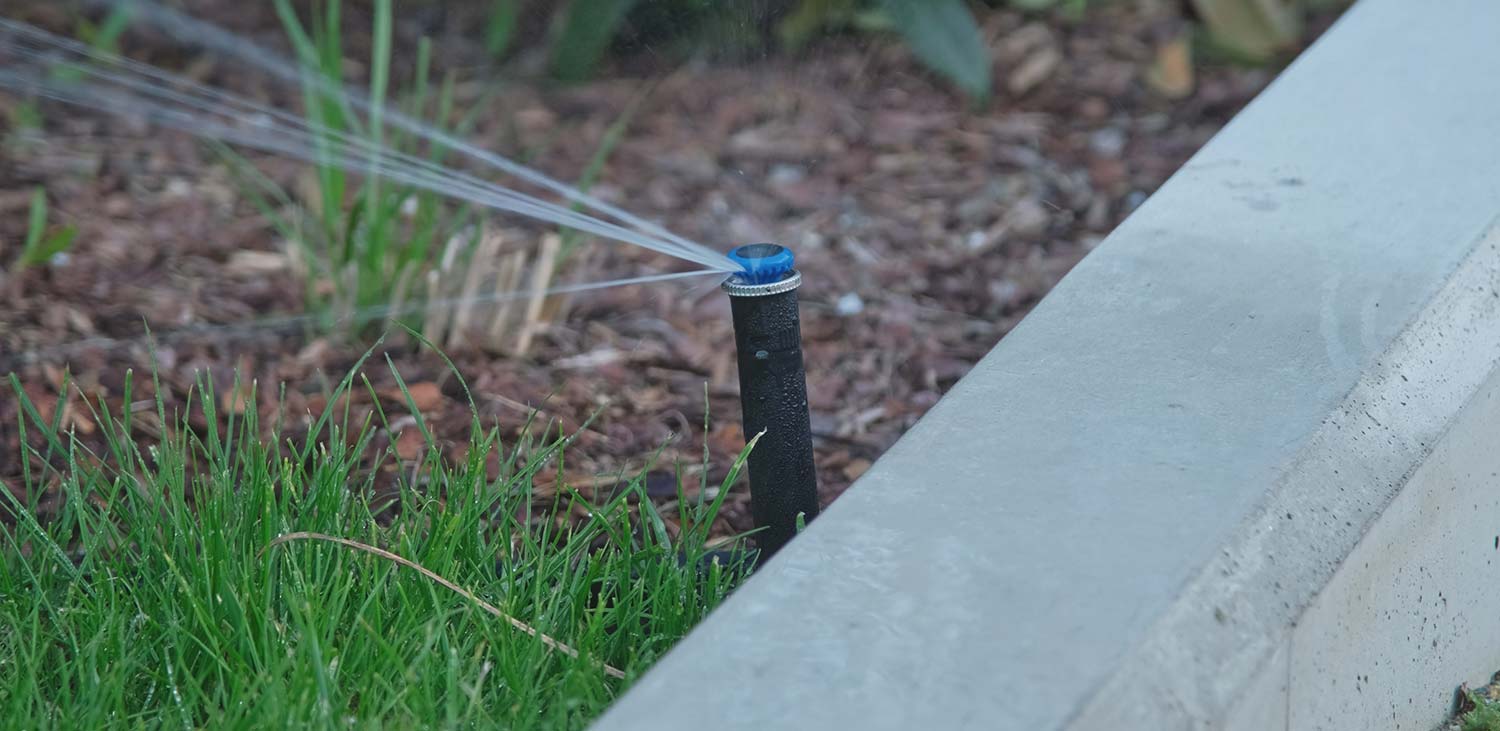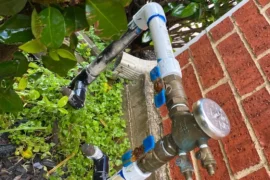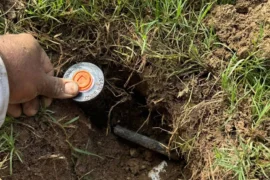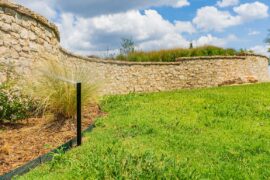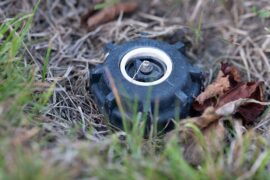Are you worried about maintaining your lush green lawn during the hot summer months? You must have a properly working sprinkler system with good plastic pipes for watering the lawn. Here we will explore some plastic pipes that are best suited for the sprinkler system.
There was a time until the mid-1970s when black steel pipes dominated the sprinkler piping market. However, the advent of plastic pipes has made them a popular option for their versatility and flexibility.
What is PVC?
PVC is the abbreviated form of Polyvinyl Chloride, which is a synthetic plastic. The plastic is processed with various chemicals, enhancing its tensile strength and durability. PVC has two carbon atoms joined by three hydrogen atoms and one chlorine atom. The material is a monomer, where single bonds link all the atoms to form one molecule. When many monomers attach, forming a chain, this is called a polymer. Joined polymers form a PVC pipe.
PVC pipes are extremely durable and can last for more than 50 years. PVC pipes have two main variants:
- ·The flexible form is used in electric cable coating and insulation.
- ·The rigid form is used in building and piping systems.
For installation, PVC pipes can be cut with a saw. Cement glue joins the pieces together. PVC is highly heat-tolerant and can withstand temperatures up to 140° Fahrenheit. Crossing this limit softens the pipes and the joints to separate. The disintegration releases of harmful airborne toxins. 33° Fahrenheit is the minimum working temperature of the material.
PVC Irrigation Pipes – Schedule 40 and Schedule 80
Did you know that Schedule 40 and Schedule 80 are the most commonly used irrigation PVC pipes? Both variants handle pressure equally. The only difference is that Schedule 80 pipe has thicker walls than Schedule 40 and is structurally sounder. If you are building an above-ground system, choose Schedule 80 PVC pipes.
Whether it is Schedule 40 or 80 or any other PVC pipe, expose the pipes to as little sunlight as possible. While some pipes are sunlight-resistant, they can still become brittle if exposed to sunlight for extended periods. What can you do in such a situation? Sun-proof your irrigation system by applying 3-4 coats of exterior latex paint. You can also use foam pipe insulation. Below-ground systems do not need any sun protection.
Water pressure surges in irrigation systems affect the main line and not the laterals. You will need PVC pipes with a PSI rating equivalent to the pressure in your system.
What is CPVC?
The full form of CPVC is Chlorinated Polyvinyl Chloride. The Polyvinyl Chloride resin undergoes the chlorination process and becomes a thermoplastic with a stronger chemical makeup.
CPVC has two carbon atoms attached by two hydrogen atoms and two chlorine atoms. This leads to a double carbon unit. Therefore, each CPVC unit is chemically stronger than PVC.
The main difference between the chemical composition of PVC and CPVC is a higher amount of chlorine in CPVC. While CPVC is made of 40% chlorine atoms, PVC has only 25% chlorine atoms in bonding sites.
Did you know the benefit of a higher chlorine content in CPVC? It helps to endure higher temperatures and resist fire and corrosion better than PVC. These pipes have a heat resistance of 200° Fahrenheit. With a firm structure, these pipes are intrinsically fire retardant. The minimum working temperature of this material is 33°F.
CPVC pipes are available in two sizes:
- Nominal pipe size
- Copper tube size
There is no difference in the installation process between PVC and CPVC pipes.
Differences Between PVC and CPVC
The heat-withstanding capacity is the primary distinguishing factor between PVC and CPVC. While CPVC can handle temperatures up to 200°F, PVC’s maximum limit is 140°F. Here are some other differences as well:
CPVC
- Available in nominal pipe size and copper tube sizes
- Offers great flexibility
- The solvent cement must meet ASTM F493 specifications
- Tensile strength of 8200 PSI
- Available colors – off-white, light grey, yellow
- Standard length – 10 feet
- Used mostly for hot water lines
PVC
- Available in nominal pipe size only
- Less flexible
- The solvent cement must meet ASTM D2564 specifications
- Tensile strength of 7500 PSI
- Available colors – dark grey, white
- Standard length – 10 feet or 20 feet
- Used mostly for cold water lines
Advantages and Limitations of PVC and CPVC Pipes
Mentioned here are the major advantages of PVC and CPVC pipes:
PVC Pipes
- Does not break easily
- PVC pipes that are ANSI/NSF 61 certified are safe for potable water usage
- Resistant to Degradation and corrosion from alkaline, acidic or inorganic chemicals
CPVC Pipes
- Highly impact-resistant and non-breakable
- CPVC pipes with ANSI/NSF 61 certification are safe for potable water usage
- Resists degradation and corrosion from harsh chemicals, alkalis and acids
- CPVC pipes are biofilm/bacteria-free zone
Here are the limitations of PVC and CPVC pipes.
- Both PVC and CPVC pipes produce toxic fumes like dioxin and hydrochloride, which are harmful to health.
- CPVC pipes are more expensive than PVC pipes
CPVC or PVC? Which One to Choose?
You must consider the purpose of using the pipes while choosing PVC or CPVC pipes. Both types of pipes are used in irrigation, water distribution, piping, and fittings. They are, however, different in their chemical compositions and temperature thresholds. For instance, CPVC pipes can handle higher temperatures and are more corrosion-resistant than PVC pipes.

